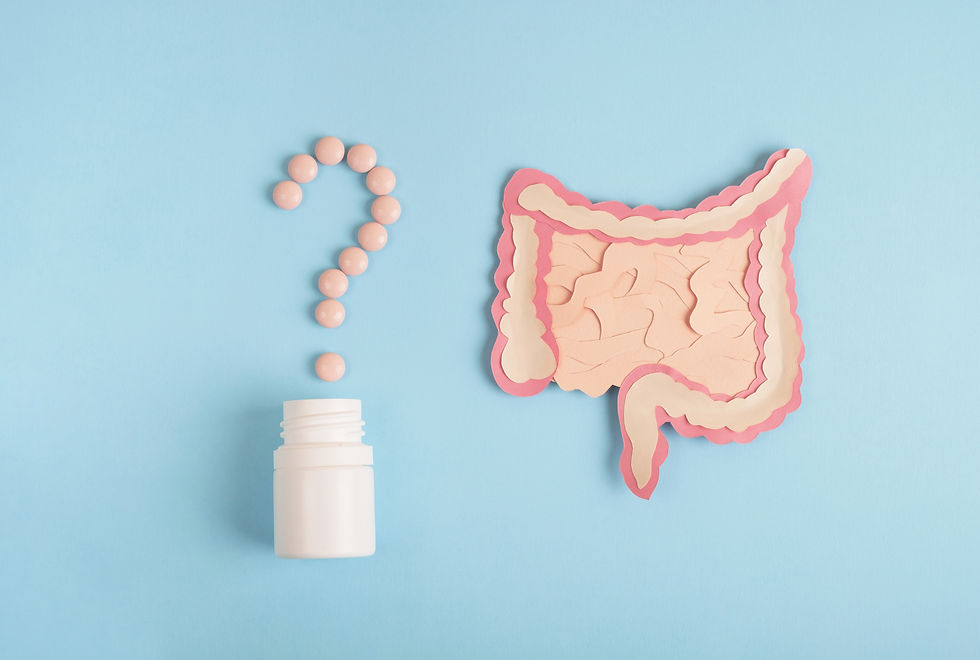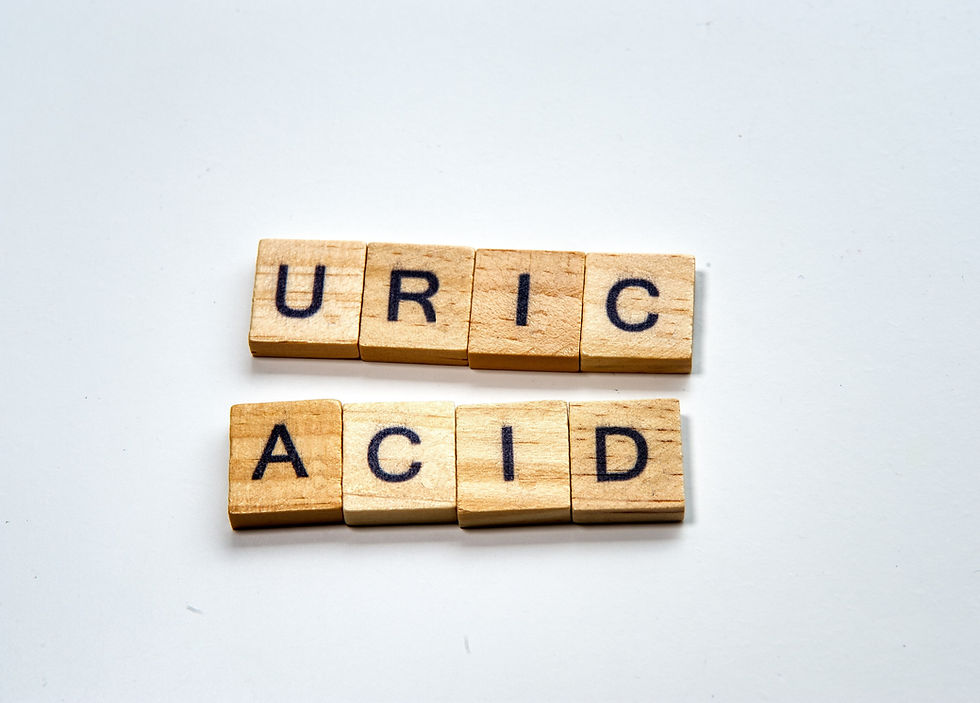Unveiling the Shield: How Tyndallized Lactobacillus acidophilus IDCC 3302 Protects Our Skin
- Joon

- Feb 1, 2024
- 3 min read
Updated: May 8, 2024
In the pursuit of eternal youth, our skin faces a formidable adversary: the sun. Among the spectrum of sunlight, UVB rays are particularly notorious for their role in skin aging and damage. But what if we could harness the power of nature to fight back? Enter Tyndallized Lactobacillus acidophilus IDCC 3302 (ACT3302), a heat-killed probiotic, emerging as a guardian against the invisible threat of UVB radiation.

The Invisible Shield: Understanding the Mechanism
ACT3302 doesn't just offer a superficial barrier; it works on a molecular level to fortify the skin's defenses. When UVB rays penetrate the skin, they trigger a cascade of detrimental effects, including DNA damage and oxidative stress, leading to premature aging and even cancer. ACT3302 intervenes by enhancing the viability of keratinocytes, the predominant cells in our epidermis, under UVB assault. This probiotic treatment boosts the skin's resilience, reducing the incidence of apoptosis (cell death) induced by UV exposure.
The secret to its efficacy lies in its impact on matrix metalloproteinases (MMPs), enzymes that degrade collagen and elastin. ACT3302 curtails the overexpression of MMP-1, MMP-2, and MMP-9, preserving the structural integrity and youthful appearance of the skin. Moreover, it bolsters the skin's antioxidant defenses, reducing the oxidative stress that accelerates aging.
The Results Speak Volumes
The evidence from both in vitro and in vivo studies paints a compelling picture of ACT3302's protective prowess. In the laboratory, skin cells treated with ACT3302 exhibited significantly lower levels of MMPs and inflammatory markers, alongside enhanced cell survival after UVB exposure. These findings were mirrored in animal models, where ACT3302-treated subjects showed reduced signs of skin damage, including decreased epidermal thickness and enhanced skin hydration.
Notably, the application of ACT3302 led to a marked decrease in transepidermal water loss (TEWL), a key indicator of skin barrier function. By maintaining the skin's moisture balance, ACT3302 not only combats dryness but also fortifies the skin's natural barrier against environmental aggressors.
Why These Tests Matter
The choice of test methods is deliberate, designed to mimic the challenges our skin faces daily. In vitro studies offer a controlled environment to dissect the cellular and molecular mechanisms at play, providing a clear understanding of how ACT3302 influences skin cell behavior under UV stress. On the other hand, in vivo studies in hairless mice serve as a closer approximation to human skin response, allowing researchers to observe the compound's effects in a complex, living system.
These methodologies together offer a comprehensive view of ACT3302's action, from the cellular level to the whole organism, underscoring its potential as a multifaceted defender against UVB-induced skin damage.
Beyond the Surface
The implications of these findings extend far beyond the laboratory. In an era where the quest for healthy, youthful skin is more fervent than ever, ACT3302 represents a beacon of hope. It underscores the potential of leveraging probiotics, not just for gut health but as pivotal allies in skincare, offering a natural, science-backed solution to combat the ravages of UV exposure.
As we continue to unravel the mysteries of the skin's resilience and vulnerability, the studies on Tyndallized Lactobacillus acidophilus IDCC 3302 illuminate a path forward. They not only highlight the potential of natural substances in skincare but also emphasize the importance of protective measures in our daily routines.
In conclusion, the battle against skin aging and damage is a multifaceted one, requiring a blend of science, innovation, and nature's wisdom. With Tyndallized Lactobacillus acidophilus IDCC 3302 leading the charge, we are one step closer to unlocking the full potential of probiotics in skincare, offering hope for healthier, more resilient skin in the face of environmental challenges.




